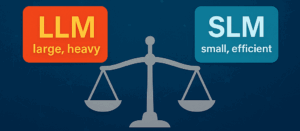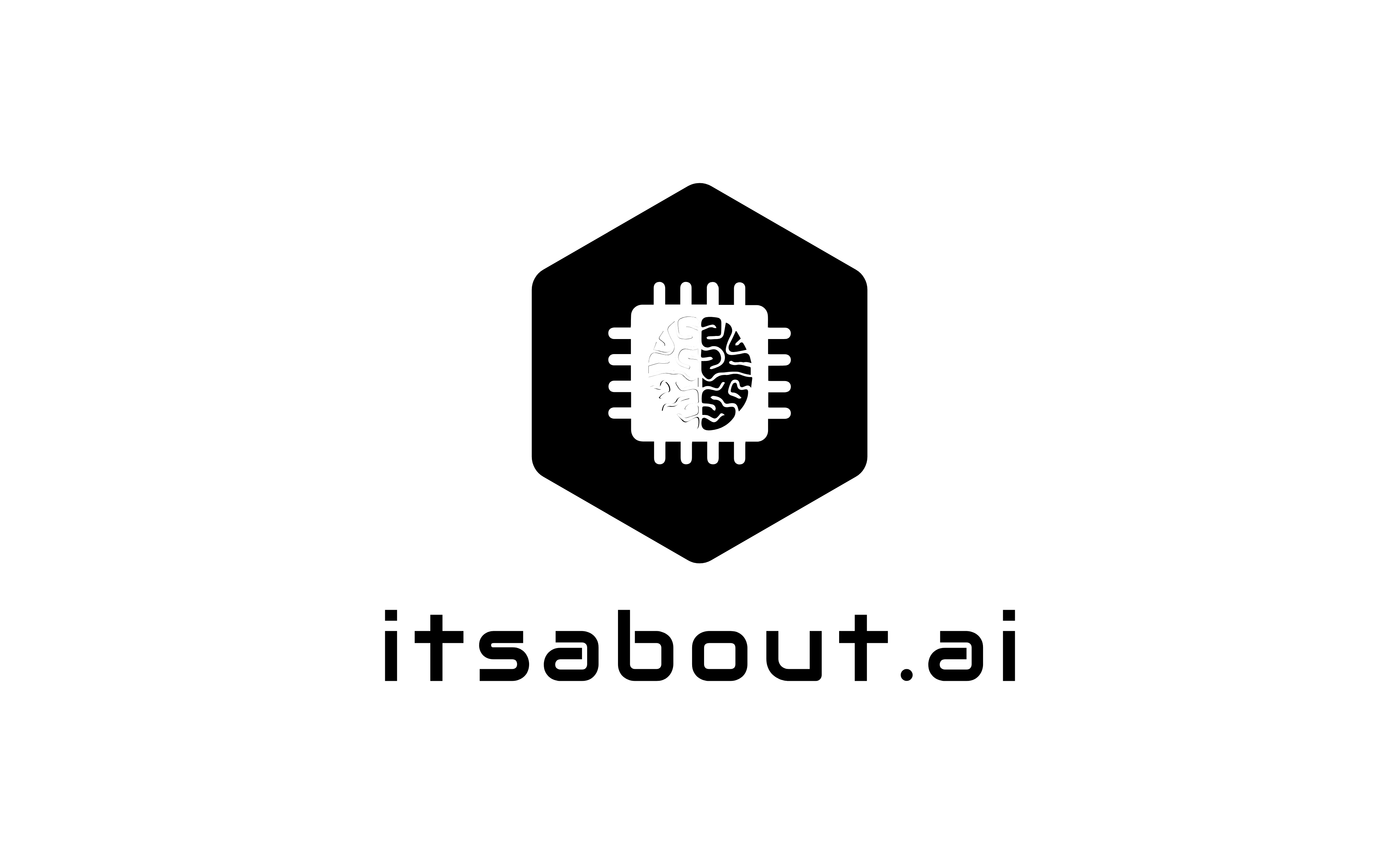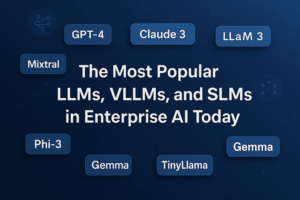
The AI landscape has been dominated by Large Language Models (LLMs)—massive neural networks trained on trillions of tokens, spanning hundreds of billions of parameters. These models, such as GPT-4 or Claude, have shown remarkable general-purpose intelligence, but they come with steep costs: enormous compute requirements, GPU dependency, and operational overheads that make them inaccessible for […]



